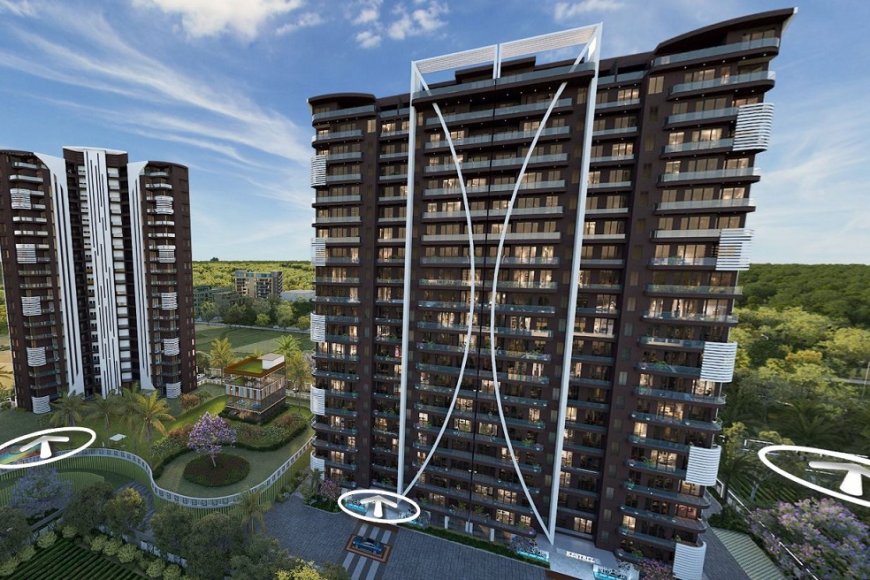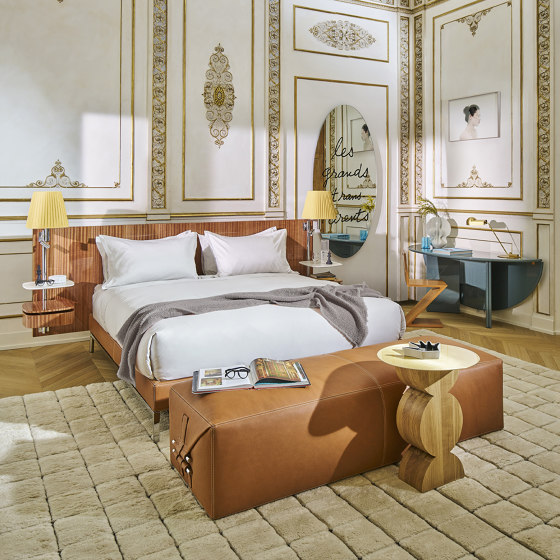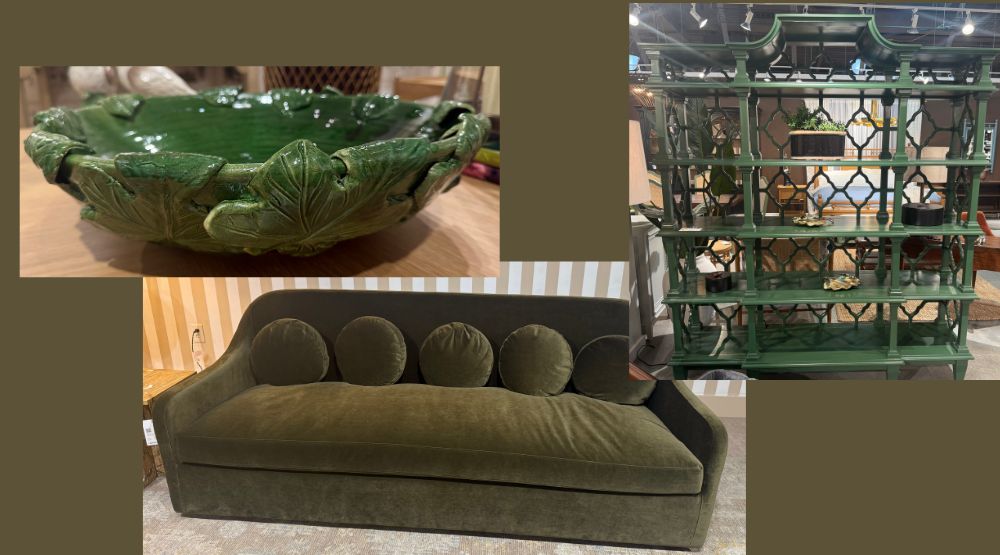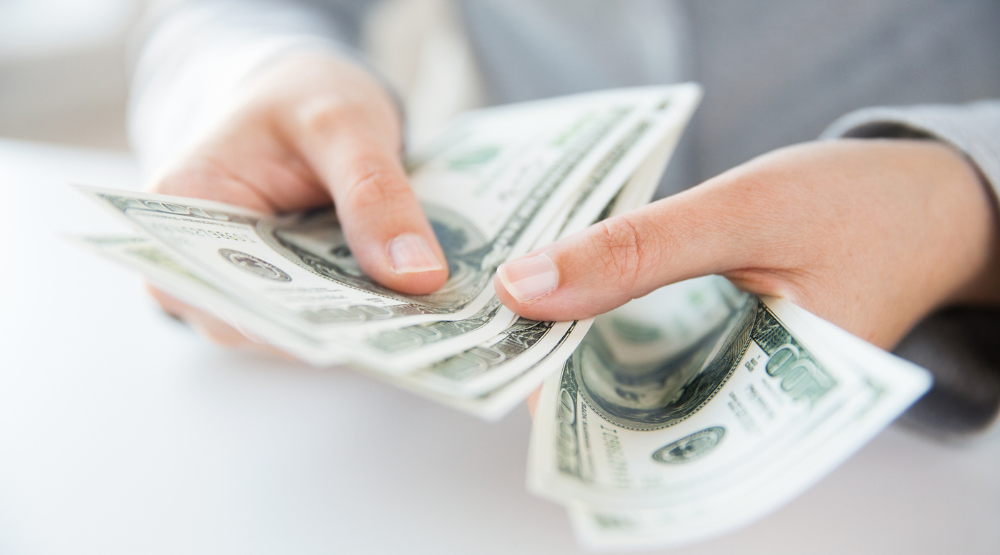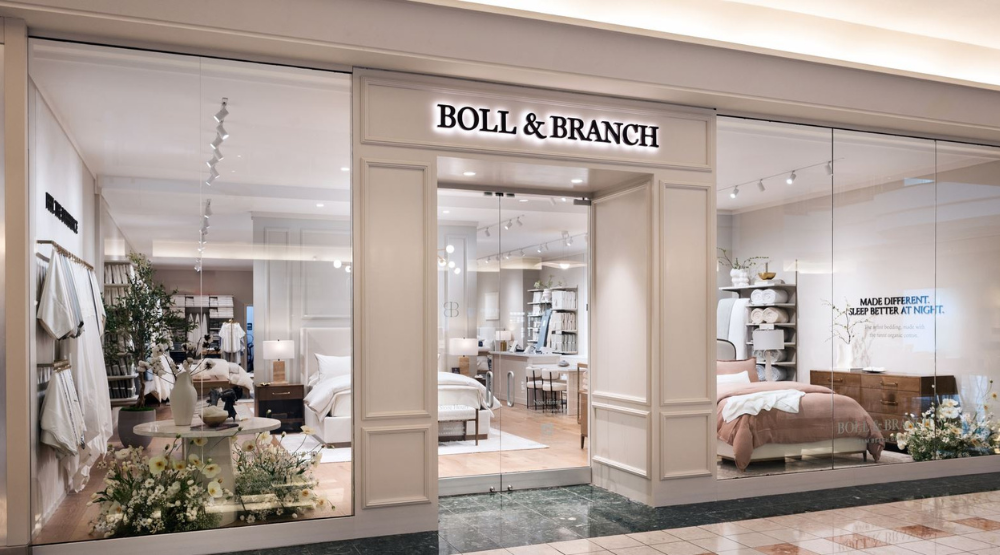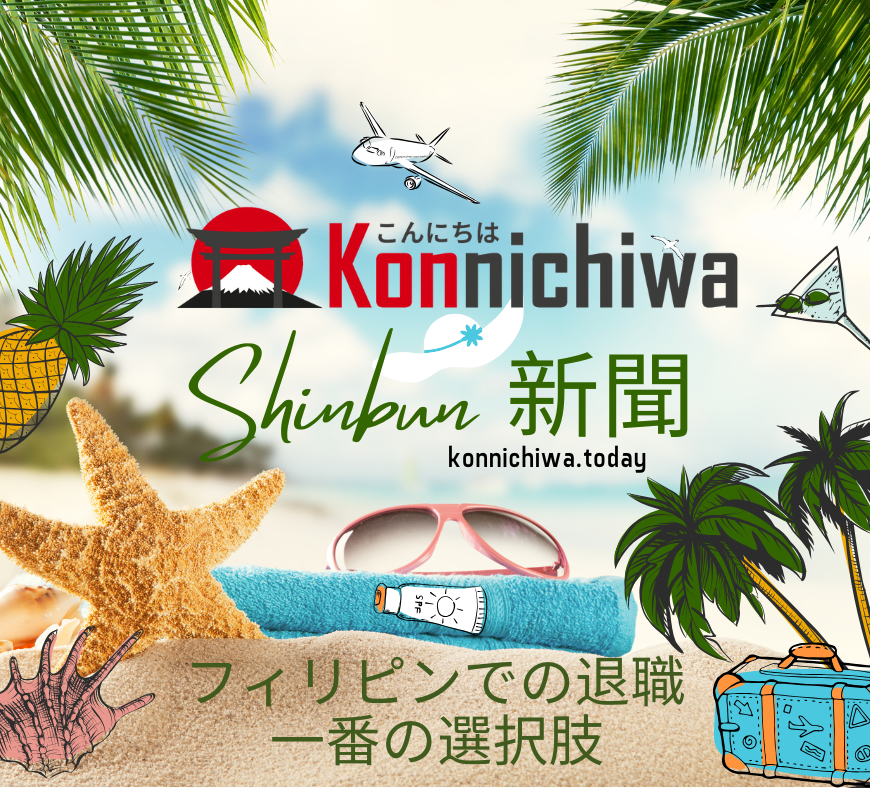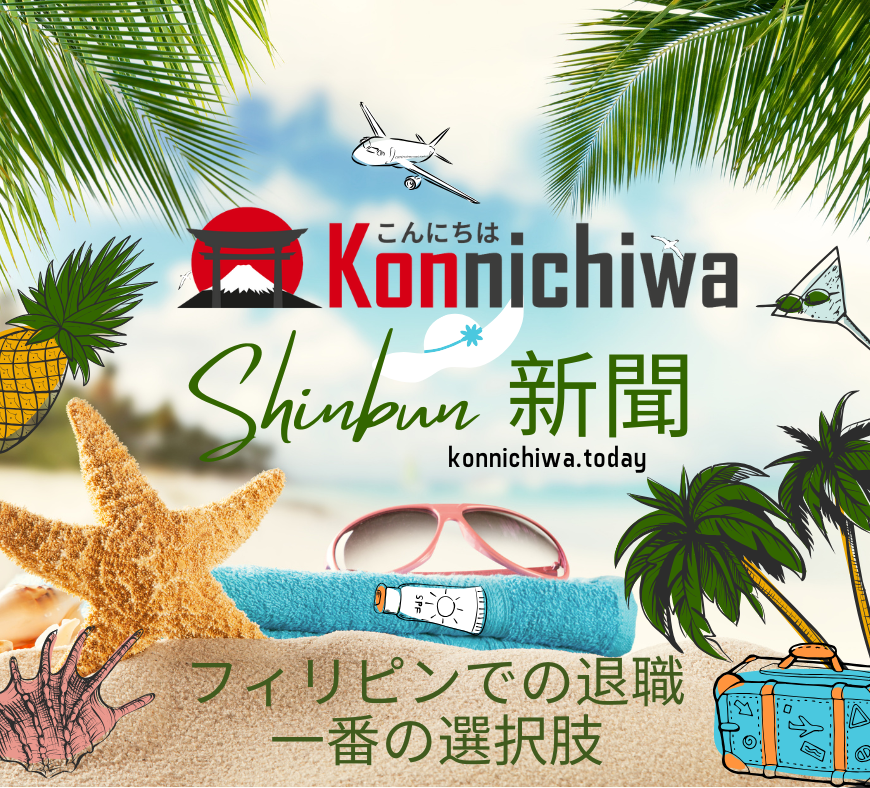‘Tariff fatigue’ falls over Las Vegas Market as buyers grapple with filling inventory

LAS VEGAS – As the last stop – along with the twin NY Now and Shoppe Object shows in New York this week – the Las Vegas Market served as a wrap-up to the summer gift and home buying circuit, continuing many of the trends from earlier in the season but also confirming others.
Perhaps the biggest takeaway from Las Vegas (other than the usual summer heat that breached the triple digit mark most days) was that the tariff-induced price increases were the real deal. Retailers placing their orders for last-minute fall goods, holiday merchandise and even first quarter 2026 found that increased prices were no longer theoretical.
Price increases at Vegas – as they had at earlier stops in Dallas and Atlanta – took the form of surcharges rather than out-and-out higher wholesale price tags. While whatever they were called still meant they cost more, labeling them as surcharges reflected the fact that vendors wanted their retail customers to know they could be rescinded if and when tariffs began to be eased back.
Most of the increases fell into the 4.5 percent to 15 percent range, though there were a few outliers on both ends of that scale. The general consensus was that retailers would be passing along these higher costs, perhaps not in total but certainly something at least in the 10 percent range.
For retailers the price tags were the key factor but for vendors it was often something else. “Retailers want to know how much more something costs,” said the CEO of one big decorative accessories firm, wishing not to be quoted by name. “But for us suppliers it’s more a matter of can we get the goods.” The shutdown of factories in China and elsewhere in Asia earlier this year when the first round of tariffs – as high as 145 percent in China – meant that there was a gap in merchandise coming into the U.S., coinciding with the time when many orders are placed for the critical fourth quarter.
Any goods brought in before that round of tariffs – either arriving in the late winter or as holdovers from 2024 – were long gone by the time Las Vegas rolled around. “At this point there is no pre-tariff inventory in stock,” Doug Cofiell, CEO of Ivystone, said at a panel on tariffs held at the World Market Center. “Large companies purchased all the inventory before the increased tariffs went into effect earlier this year.”
Cofiell, who said that even if orders were placed earlier in the year, if they arrived in U.S. ports carrying higher duties those were being passed along to retailers. He added that he thought shoppers were starting to better understand the impact these higher import costs would have on the things they were buying. “I think consumers began to realize something was up when Walmart and Amazon raised prices.”
Interior designer Christopher Grubb, president of Arch-Interiors Design Group and another speaker on the tariff seminar panel, said it was increasingly difficult to do business when prices were going up all the time. “The day-to-day reality is that we often find out the price after the product has landed in the U.S. For us, the surcharge is a reality and it’s cutting into our profit.”
Even as consumers are only now starting to see tariffs reflected in higher prices in the products they are shopping for, it appeared in Las Vegas that a slight case of tariff fatigue might have settled in. Sure, there was still plenty of tariff talk in the showrooms, hallways and snack bars throughout the World Market Center but the shock that initially greeted the industry earlier this year, in the spring and early summer, seemed to have subsided, at least a bit.
Buyers and sellers were no less happy with higher prices and potentially limited goods in key categories like Christmas and holiday merchandise, but there did seem to be almost a sense of resignation that this was the way it was. Whatever your politics and wherever you were on the gift and home food chain, companies were working to try to find a way to make it work. If things cost more, well, there was always the craps tables to try to pick up a little more working capital.


